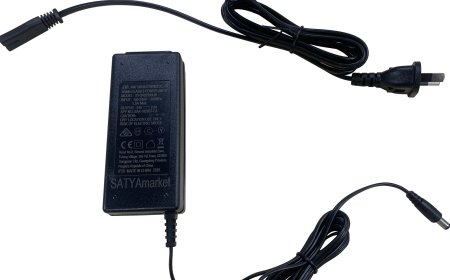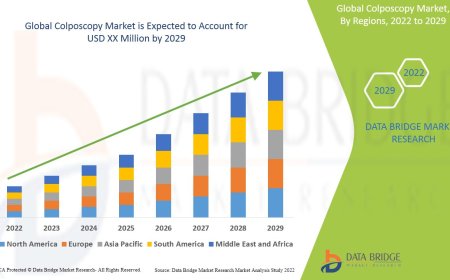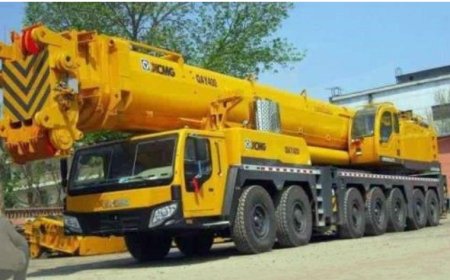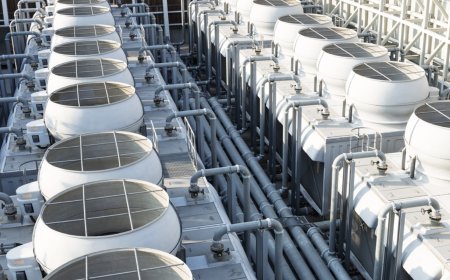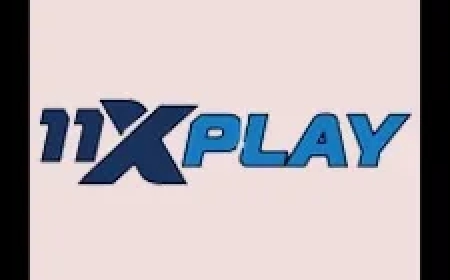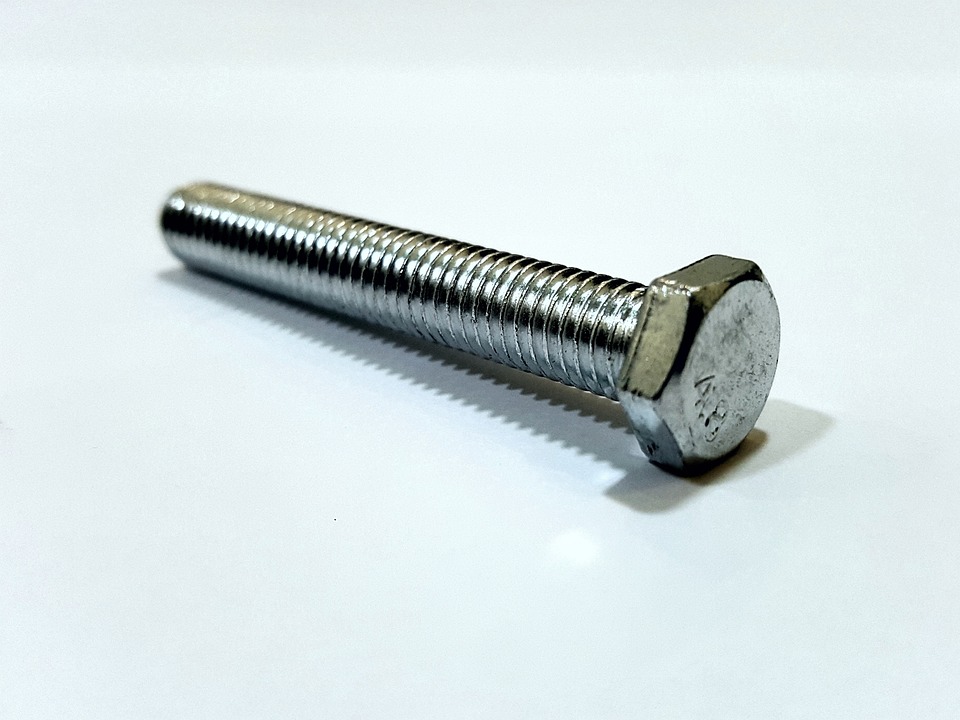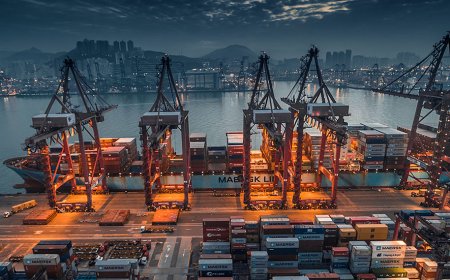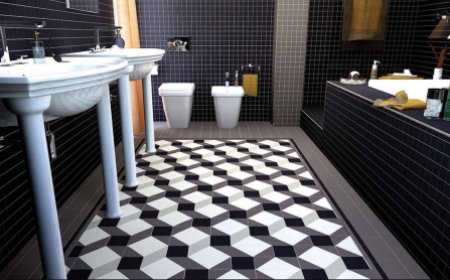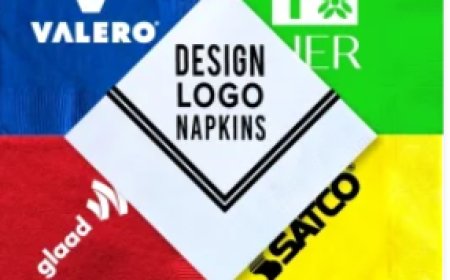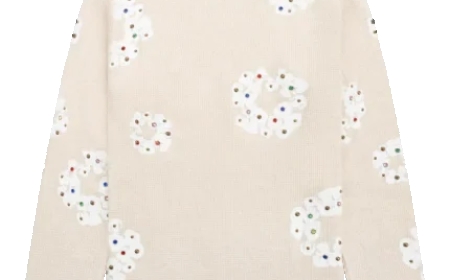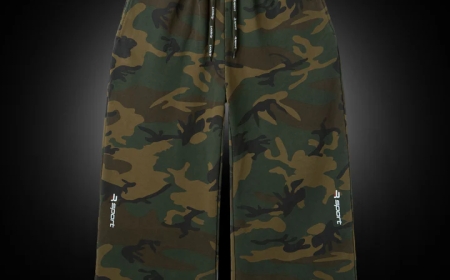Point of Entry PFAS Treatment Systems Market to Reach USD 245.72 Million by 2034, Driven by Rising Regulatory Pressure and Consumer Demand for Safer Water
Point of Entry PFAS Treatment Systems Market to Reach USD 245.72 Million by 2034, Driven by Rising Regulatory Pressure and Consumer Demand for Safer Water
Market Overview
TheglobalPoint of Entry PFAS Treatment Systems Marketwas valued atUSD 182.92 million in 2024and is projected to grow steadily toUSD 245.72 million by 2034, expanding at acompound annual growth rate (CAGR) of 3.0%over the forecast period. The markets moderate but consistent growth trajectory reflects increasing regulatory scrutiny, public awareness of water safety, and continued innovation in water purification technologies.
Point of entry PFAS treatment systems are designed to purify water at the location where it enters a residential, commercial, or industrial facility. Unlike point-of-use (POU) systems, POE solutions offerwhole-building protection, removing per- and polyfluoroalkyl substances (PFAS) before the water is distributed throughout a property. As the presence of forever chemicals in drinking water becomes a global concern, POE systems are gaining traction for their comprehensive filtration capabilities.
Understanding PFAS and the Need for POE Systems
PFAS are a group of man-made chemicals known for their resistance to water, heat, and oil, and are commonly used in non-stick cookware, waterproof fabrics, firefighting foams, and industrial processes. Unfortunately, their durability also makes themextremely persistent in the environment and the human body, contributing to serious health concerns such as cancer, hormone disruption, and developmental issues.
While regulatory efforts have been focused on source mitigation and remediation,point of entry treatment systemsprovide an immediate and controllable safeguard, ensuring that contaminated water entering homes, schools, hospitals, and industrial facilities is treated at the source.
Key Market Growth Drivers
- Tightening Global Regulations
Regulatory bodies around the world, including the U.S. Environmental Protection Agency (EPA), European Chemicals Agency (ECHA), and Australias Department of Health, are introducingmaximum contaminant levels (MCLs)for PFAS in drinking water. These mandates are compelling municipalities, utilities, and private property owners to deploy treatment systems that ensure compliance and public health protection. - Increased Public Health Awareness
The growing dissemination of information around PFAS contamination, bolstered by media coverage, consumer advocacy, and legal actions, is heightening awareness. Households and facility managers are becoming more proactive, seekingpreventive solutionssuch as POE filtration systems to eliminate health risks. - Decentralized Water Treatment Trend
With concerns over aging municipal infrastructure and localized water contamination, POE systems support a shift towardon-premise water treatment. These systems provide a reliable alternative or supplement to centralized water purification, especially in rural and underserved areas. - Technological Advancements
Continued R&D is improving the efficiency, cost-effectiveness, and sustainability of PFAS removal technologies. Innovations ingranular activated carbon (GAC),ion exchange resins, andmembrane filtrationare enhancing the performance of POE systems, broadening their application across various sectors.
Explore The Complete Comprehensive Report Here:
https://www.polarismarketresearch.com/industry-analysis/point-of-entry-pfas-treatment-systems-market
Market Challenges
Despite growing demand, the POE PFAS treatment systems market faces several hurdles:
- High Initial Costs: Advanced systems involve significant capital investment, which can deter adoption among lower-income households or smaller facilities.
- Maintenance and Technical Complexity: Some systems require ongoing monitoring and specialized maintenance, raising operational barriers.
- Slow Regulatory Alignment in Emerging Markets: While developed regions are advancing rapidly, regulatory enforcement in many developing countries remains limited, impacting global uniformity in adoption.
- Limited Awareness in Certain Segments: In some residential and commercial markets, there is still a lack of understanding about the risks of PFAS and the benefits of POE systems.
Market Segmentation
By Technology:
- Granular Activated Carbon (GAC): Cost-effective and widely used for long-chain PFAS removal.
- Ion Exchange Systems: Highly effective against a broad range of PFAS, including short-chain compounds.
- Membrane Filtration (e.g., reverse osmosis): High-efficiency solutions for commercial and industrial applications.
- Hybrid Systems: Combining multiple technologies for customized performance and higher filtration standards.
By Application:
- Residential: Growing use in single-family homes, especially in areas with known PFAS exposure.
- Commercial: Adoption in facilities such as hotels, hospitals, and office buildings, where occupant safety and ESG goals drive investments.
- Industrial: High uptake in manufacturing sectors such as electronics, aerospace, and firefighting foam producers, where PFAS is used or generated.
By End User:
- Municipal Utilities
- Private Property Owners
- Commercial Building Operators
- Industrial Manufacturers
Regional Analysis
North America
The U.S. and Canada dominate the global POE PFAS treatment systems market. TheEPAs national PFAS drinking water standards, along with state-level mandates in Michigan, California, and New Jersey, are prompting widespread adoption. Infrastructure funding under theBipartisan Infrastructure Lawis further supporting municipal and residential upgrades.
Europe
The European Union continues to lead on environmental regulation, with the REACH framework andZero Pollution Action Planpushing countries like Germany, the Netherlands, and Sweden to adopt aggressive PFAS mitigation strategies. POE systems are gaining prominence in commercial and residential buildings to comply with health and environmental norms.
Asia-Pacific
Countries such as China, Japan, and South Korea are experiencing heightened PFAS awareness. With increasing industrialization and regulatory evolution, the region presents strong growth potential, particularly in commercial and industrial sectors.
Latin America and Middle East & Africa
Adoption remains nascent but is expected to rise as infrastructure improves and international environmental pressure grows. Multilateral aid and NGO initiatives are helping to raise awareness and build capacity for PFAS treatment.
Competitive Landscape
The global POE PFAS treatment systems market features a combination ofestablished water treatment leadersandspecialized filtration technology providers. Key strategies includetechnological innovation,product customization, andstrategic partnershipsto expand geographic reach.
Key Companies Include:
- AECOM Offers large-scale remediation and engineered water treatment systems for municipalities and industries.
- Aquasana Specializes in high-performance residential POE and point-of-use filtration systems.
- Arvia Technology Provides advanced oxidation treatment platforms, particularly for industrial wastewater scenarios.
- Calgon Carbon Corporation A pioneer in activated carbon technologies widely used in PFAS filtration.
- Culligan Water Offers customizable POE water filtration systems for both homes and businesses.
- DuPont A leader in filtration membranes and ion exchange resins used in PFAS treatment applications.
- EcoWater Systems LLC Provides integrated residential and commercial filtration solutions.
- Ion Exchange Develops scalable ion exchange-based PFAS treatment for industrial and municipal clients.
- Pentair plc. Known for its robust residential POE systems and modular water treatment platforms.
- Saltworks Technologies Inc. Focuses on high-load industrial PFAS removal and advanced water purification systems.
- Thermax Offers energy-efficient and sustainable water treatment systems, especially in Asia and the Middle East.
- Toshiba Delivers membrane-based industrial water treatment solutions, including PFAS-targeted systems.
- Veolia A global leader in integrated water management and advanced contaminant remediation.
- Xylem Inc. Innovates across digital and smart water treatment technologies, including PFAS-specific solutions.
Future Outlook and Emerging Trends
- Smart Filtration Systems: Integration of IoT, remote monitoring, and automation for real-time diagnostics and performance optimization.
- Sustainable Materials: Development of recyclable and biodegradable filtration media to align with ESG goals.
- Consumer-Driven Innovation: Rising consumer interest is pushing brands to developuser-friendly, compact POE systemsfor residential use.
- Policy-Backed Funding: Government incentives and public-private partnerships will play a growing role in accelerating POE system deployment.
Conclusion
Theglobalpoint of entry PFAS treatment systemsmarketis charting a stable growth path, driven byregulatory compliance needs,increased health consciousness, andtechnological advancements. While the pace of growth may be moderate compared to point-of-use systems, thecomprehensive protectionPOE systems offer is cementing their role in the future of water safety.
With a projected valuation ofUSD 245.72 million by 2034, the market presents significant opportunities formanufacturers, municipalities, and investorscommitted to combating PFAS contamination. Companies that focus onaffordability, innovation, and adaptabilitywill be best positioned to capture emerging demand and shape the next phase of the water treatment industry.
More Trending Latest Reports By Polaris Market Research:
Immersive Display in Entertainment Market
Hospital Electronic Health Records Market
Minimal Residual Disease Market
Industrial Networking Solutions Market
Minimal Residual Disease Market
Hospital Electronic Health Records Market
Veterinary Endotracheal Tubes Market
